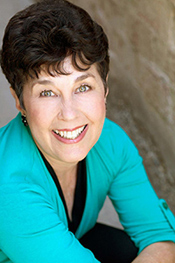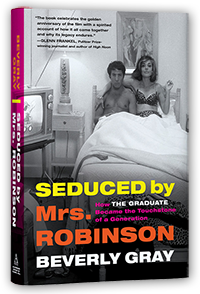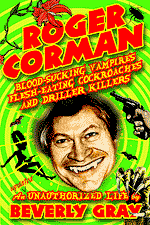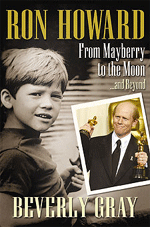Today, as a companion piece to its new live-action Cinderella, Disney is releasing a seven-minute animated short, Frozen Fever. This is, of course, a spin-off of the 2013 megahit Frozen, using the same characters and talent to rake in more moolah from little girls—and big ones—who can’t get enough of Anna and Elsa. A recent business-section article in the Los Angeles Times (titled “Disney Works to Keep ‘Frozen’ Hot”) explains that the spunky Nordic sisters are so popular with consumers that “ retailers don’t want to let them go.” Today you can buy Frozen-themed dolls, dress-up wigs, iPhone cases, and adult-sized lingerie. There are also Frozen T-shirts, dental floss, notebooks, and (for all I know) frozen peas. The challenge for Disney is to figure out in advance the point when demand for all this Frozen merchandise starts melting away.
Disney has always been great at dreaming up marketing tie-ins: remember the Davy Crockett Cap? And the aggressive merchandizing of movie megahits has been with us at least since Star Wars. But even in the late 1960s, studios were trying to exploit their hot pictures in the commercial marketplace. In 1968 the new Century City Shopping Center (located on what once had been the back lot at Twentieth Century-Fox) held a week-long promotional event celebrating Bonnie and Clyde. Thousands of potential shoppers turned out for a Bonnie Parker and Clyde Barrow look-alike contest, a Tommy gun display, and storefronts decorated with simulated bullet holes. I’m sure many Bonnie berets and mid-calf skirts were sold. It’s surprising that another big hit of the era, The Graduate, never attempted to capitalize on Mrs. Robinson’s sexy animal-print jackets, skirts, and unmentionables. But the makers of Camelot launched an ambitious loungewear line featuring romantic Queen Guenevere peignoir sets, a Lancelot “mini jumpsuit,” and Court Jester two-toned culottes. Too bad Camelot was an expensive flop—and no one bought the clothes.
Cut to 2014. No, this wasn’t a huge year for runaway prestige hits. The makers of comic-book movies featuring Spider-Man, the X-Men, and others of their ilk know all about selling to their built-in audiences. But the films that made it to the top of the heap on Oscar night have been a modest bunch. Most could definitely use some extra revenue. As a Roger Corman veteran, I’m always alert to unexpected financial opportunities, and so I offer up (tongue very much in cheek) some free marketing suggestions for the year’s Best Picture nominees.
For the Stephen Hawking biopic, The Theory of Everything, the obvious tie-in is with a medical supply house. But there’s also an early bit of romantic business involving Tide detergent. Sounds like a marketing opportunity to me. Boyhood? Cameras make sense, given the lead character’s choice of vocation. And how about hair clippers? Selma is a tough one—but possibly (given the role of the Edmund Pettus Bridge in the film) dental bridges? The Imitation Game, all about code-cracking, could be linked to decoder rings for the kiddies. But since the material is very adult, how about a brand of apples? (Those who remember how Alan Turing died will surely see the connection.) Whiplash has a natural tie-in to drum kits, but also to band-aids (to protect bleeding fingers). The Grand Budapest Hotel is easy: travel packages and a patisserie that delivers its goodies in pretty pink boxes. Birdman seems ripe for an action figure, and how about the brand-name tighty-whities worn by Michael Keaton in Times Square? And then there’s the year’s box-office champ, American Sniper. An opportunity for a branded shooting range franchise?
OK, I’ll stop now.








Bravo! Excellent marketing all around! I'll definitely try to persuade you to become the marketing director of my movie studio when I get it up and running!
ReplyDeleteSure -- just let me know when you need my services.
ReplyDelete